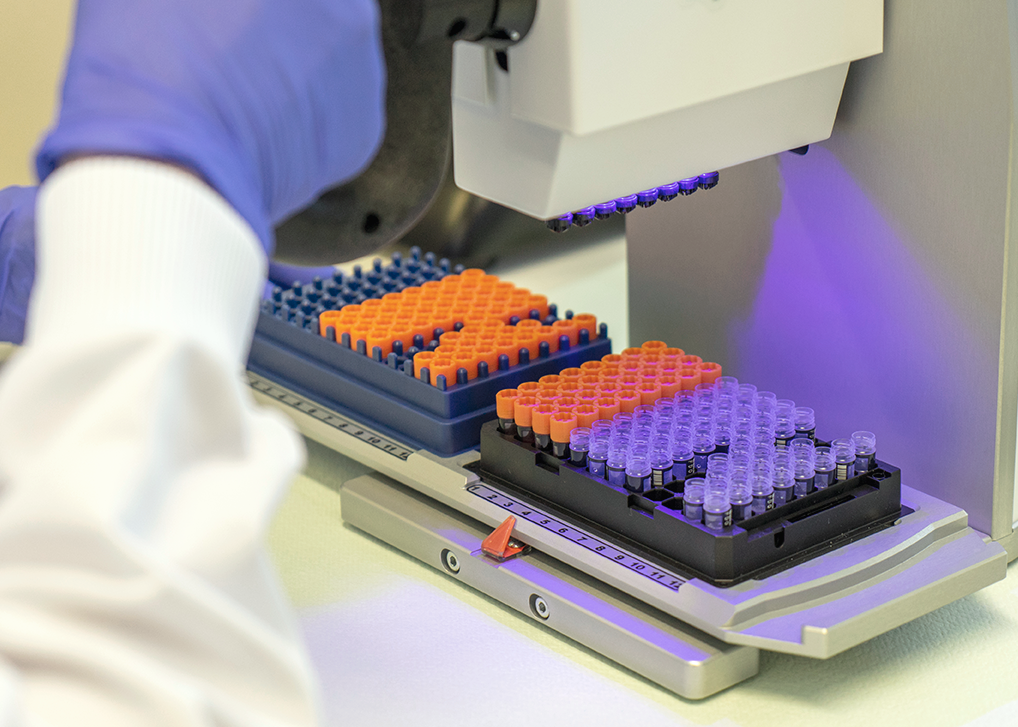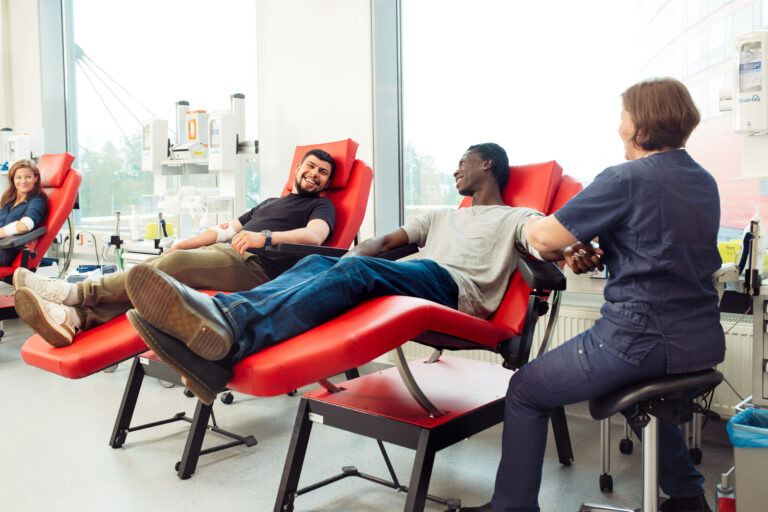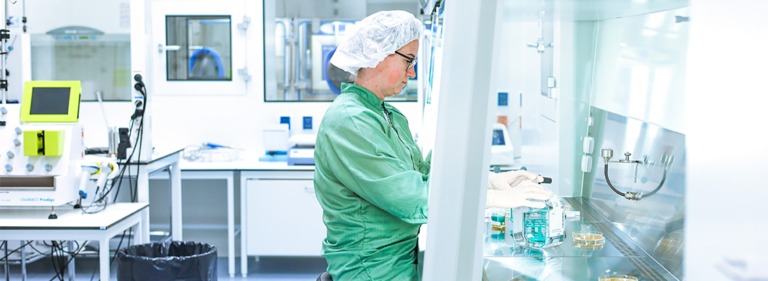The Blood Service Biobank is studying susceptibility to haemochromatosis
A new pilot project is using samples from donors to investigate susceptibility to haemochromatosis, a disease in which iron accumulates in the body.

In the project, the Blood Service contacts blood donors whose biobank samples show susceptibility to haemochromatosis.
Blood donors at risk of haemochromatosis are advised to contact health care services if they were previously unaware of their susceptibility to haemochromatosis. It is important to have any hemochromatosis monitored to prevent it from negatively affecting the blood donor’s health. In the future, blood donors’ susceptibility to haemochromatosis can be taken into account in blood donation, for example, with regard to iron supplements.
Haemochromatosis is an inherited disease in which the body accumulates an abnormally large amount of iron. If left untreated, it can cause various symptoms, such as fatigue or joint pain, and in the worst case scenario, hemochromatosis can lead to organ damage. The disease is treated by reducing the amount of iron in the body by removing blood. Patients with haemochromatosis may donate blood if they have not been diagnosed with organ damage caused by an accumulation of iron.
The project, partly funded by the Finnish Innovation Fund Sitra, is also piloting the return of health data produced by the Blood Service Biobank to the donor. It is possible to identify a blood donor’s susceptibility to haemochromatosis from their sample by the genotype obtained from the sample.
“It is great that this project has enabled us to map the hemochromatosis gene data of 44,000 biobank donors,” says Janina Forstén, a physician at the Blood Service.
Until now, the disease was taken into account in blood donation, but only in that donors themselves notified the Blood Service of their illness.
“Now we can inform blood donors who are predisposed to haemochromatosis and who have indicated that they would like to be informed about possible findings that have emerged through research,” Forstén says.
“This research project means that we are able to create completely new opportunities to help. We will also assess whether the results obtained in the project can be utilised more extensively in blood donation,” adds Forstén.



